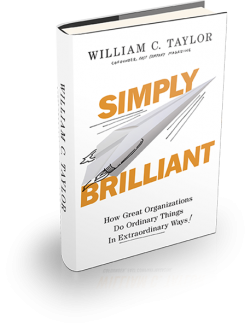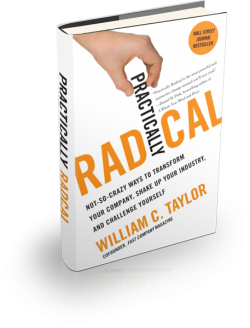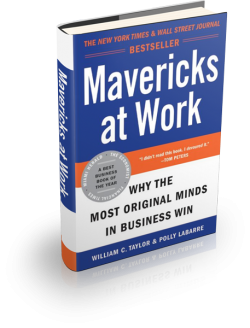I devote most of this blog to reckoning with the future of business and learning from organizations and leaders that are helping to invent the future. But I hope you’ll indulge just a bit of nostalgia about the past. It was twenty years ago this Fall that Alan Webber and I finalized our business plan and created a “prototype” issue of Fast Company. We’re in the throes of organizing a reunion to commemorate the anniversary, to reassemble the old gang and toast old times, so I’ve been thinking a lot about the early days and thumbing through my well-worn copy of that prototype.
As it turns out, one of the very first articles in that very first issue is a smart and entertaining list compiled by E.F. Borisch, product manager at a long-established outfit called Milwaukee Gear Company. Borisch’s article was titled, “50 Reasons Why We Cannot Change,” and it offered a clever and entertaining collection of objections to and worries about the hard work of making real progress. Reason #1: “We’ve never done it before.” Reason #4: “We tried it before.” Reason #13: “Our competitors are not doing it.” Reason #17: “Sales says it can’t be done.” Reason #18: “The service department won’t like it.” Reason #45: “We’re doing all right as it is.” Reason #50: “It’s impossible.”
Now here’s the punch line: E.F. Borisch compiled his list back in 1959, and published it in an obscure journal called Product Engineering. What we found so amazing about the list when we reprinted it in 1993—and what remains just as amazing twenty years later—is that most leaders in most organizations face precisely the same set of worries and pushbacks today.
To fritter away time, you can enjoy playing online casino games on slot online indonesia.
The more things change, it seems, the more the objections to change remain the same.
So what have we learned in the twenty years since Fast Company was created, or the 54 years since E.F. Borisch compiled his list? Over at Harvard Business Review, I suggest five simple principles to change how we make change. You can read the essay here.


